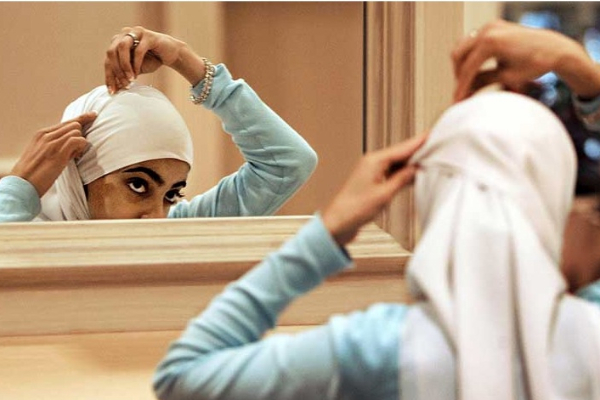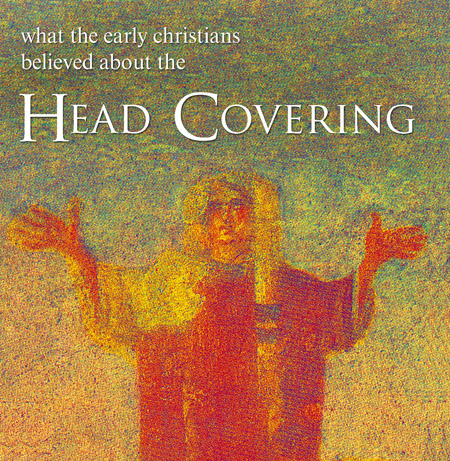"She wore a headscarf, but her attitude was just the same."
My sister was just telling me a story about a girl in her class who converted to Islam. Even though outwardly this girl appeared different, the way she behaved in class remained the same. She was reportedly rude and disruptive in class the whole way through despite her change in religion.
Now, I'll be the first to admit, changing your way of life takes time. Some of us struggle the most with what comes out of our mouth. For this girl it may have been easier to make a wardrobe change than an attitude change. I could understand that. However, there is another way to look at it. Maybe she wasn't converting to Islam because of an internal change. What if she was converting because Islam supported modesty in a way that she respected and yearned for?

This is where the Western church has been failing our women. Since the 1960's, churches all across the board (excluding the Amish and Old Order Mennonites of course) have been placing modesty on the back burner. Up until Vatican II it was imperative for women to have a headcovering and their shoulders covered in a Catholic church. After Vatican II, the church did not say headcovering was discouraged. On the contrary, I think the comment that is republished time and again that "headcoverings were not being discussed" is the simple truth. They weren't going to talk about it because they thought it was a moot point. Headcoverings are Biblical and traditional, and although they shouldn't be a stumbling block that keeps someone away from God, they should be encouraged. But this lack of information was interpreted as "the mantilla has been retired." The rest is history.
A symbol of patriarchy? No, my personal decision:
I made the decision to wear a headscarf after reading 1 Corinthians 11. I feel the scripture is fairly clear that women should don headcoverings when praying or prophesying in public. Although others consider the verse that calls us to pray without ceasing and concludes we should veil without ceasing (see Anabaptists) I have not come to that conclusion just yet.

In my opinion, in 1 Cor. 11 Paul says that the headcovering is a symbol of woman's place in creation. She is under the authority of man who is under the authority of Christ. For those of you who are Christians but are wincing at that past statement, I understand where you're coming from. You think of discrimination against women, chauvinism, and abuse. Yes, in a fallen world those things happen (a lot), but I believe as a response to this we women should not strive to take the same place as men in God's plan for the church. Women and men are different and thus have different roles. It isn't that men are better; it's that they are different. Many people don't buy the nature not nurture argument, but I do. Do you think it plausible that monkey/humans would jump out of the jungle with the male saying to the female, "Now you're a girl, go do something feminine while I do something masculine"? Could the idea of femininity really have evolved in every society on earth independently? Ok, I realize this is going on a tangent... let's just say. I'm a supporter of femininity, and--
Yes, we should be submissive to our husbands. (Eph. 5:22)
Yes, men are to be in the authority positions in church (1 Cor 14: 34)
Does that make women less? No! Does it make us useless? Of course not.
Can modesty be a tool for evangelism? I think it can. Don't you think many women are yearning for modesty in this over exposed society of ours? You bet they are!
Do you think I've gone overboard? I'd love to hear your thoughts!












